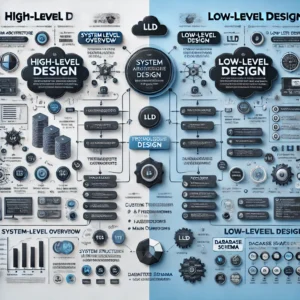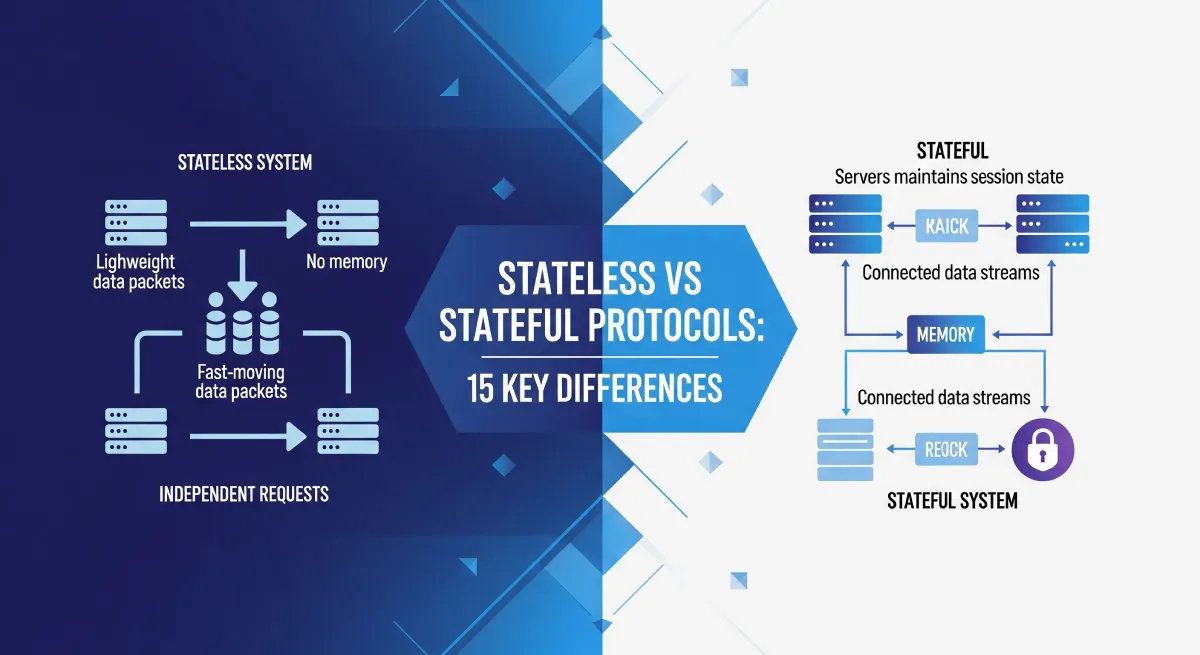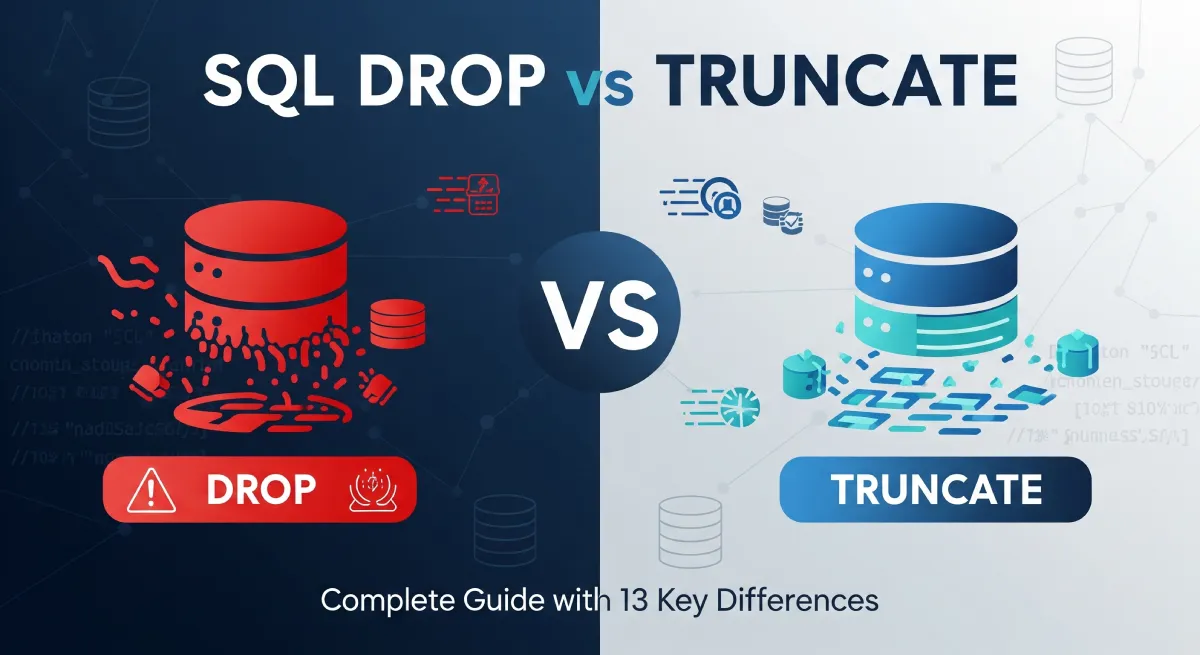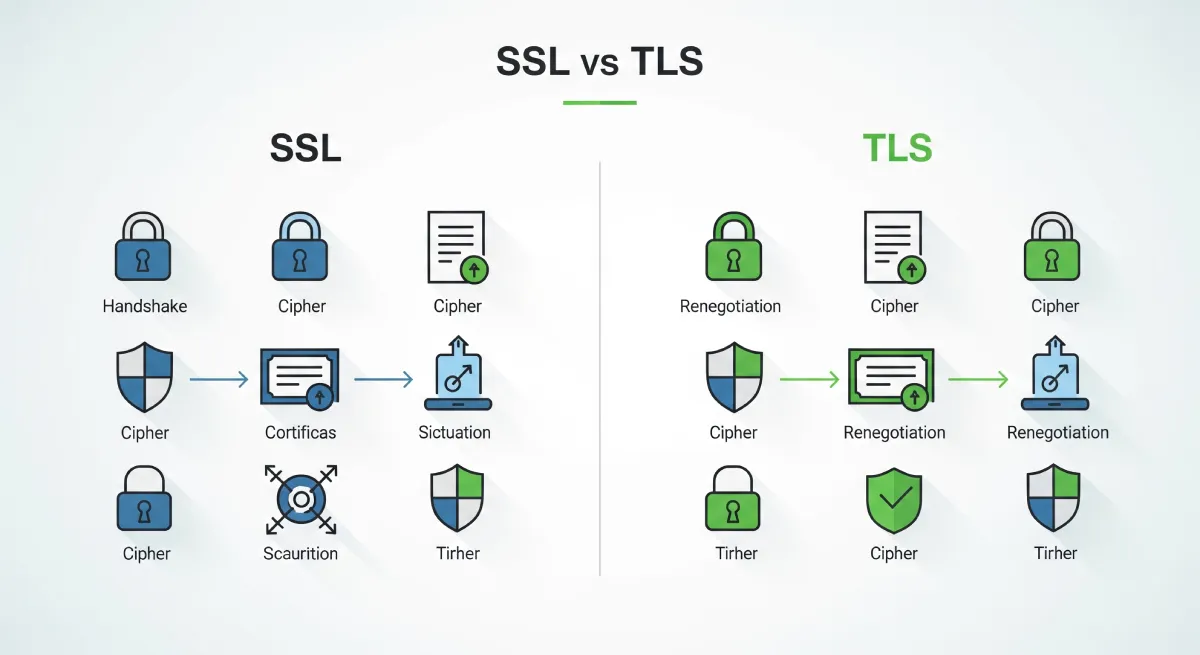In software development, high-level vs low-level design define different stages of system architecture. High-level design focuses on system structure, modules, and overall architecture, while low-level design provides detailed logic, algorithms, and component interactions. This guide explores their key differences and importance in software engineering.
High-Level Design:
High-level design refers to the conceptual design that focuses on the system’s architecture and interactions. It is created before the low-level design and provides an overview of the system’s structure and major components. High-level design typically involves the use of abstraction to define modules, their relationships, and how they interact with each other.
Example: An example of high-level design could be a system architecture diagram that illustrates the major components of a software system and how they interact.
Advantages:
- Provides a holistic view of the system.
- Facilitates communication among stakeholders.
- Helps in identifying major components and their interactions early in the design process.
Disadvantages:
- May overlook implementation details and constraints.
- Could lead to a gap between the design and the actual implementation.
Technical Characteristics:
- Focuses on system architecture and major components.
- Uses abstraction to define modules and their interactions.
- Does not delve into implementation details.
Use Cases and Applications:
- High-level design is used in the early stages of software development to define system architecture.
- It is essential for communicating the system’s structure to stakeholders.
Low-Level Design:
Low-level design, also known as detailed design, elaborates on the high-level design by specifying how each component identified in the high-level design will be implemented. It focuses on the detailed logic, data structures, algorithms, and interfaces required for each module. Low-level design is closer to the actual code and provides a blueprint for the developers to implement the system.
Example: A low-level design document could include class diagrams, sequence diagrams, and pseudocode detailing the implementation of specific modules.
Advantages:
- Guides developers in writing code by providing detailed specifications.
- Facilitates code reviews and maintenance.
- Ensures consistency in the implementation across modules.
Disadvantages:
- Can be time-consuming to create detailed design documents.
- May need frequent updates as requirements change.
Technical Characteristics:
- Specifies detailed logic, data structures, and algorithms for each module.
- Closer to the actual code and implementation details.
- Forms the basis for coding and testing.
Use Cases and Applications:
- Low-level design is crucial for developers to understand how to implement specific features.
- It helps in ensuring that the system is implemented as per the high-level design specifications.
Key Differences: High Level vs Low Level Design
| High Level Design | Low Level Design |
|---|---|
| Focuses on overall system architecture and functionality. | Details specific implementations and interactions within the system. |
| Less concerned with technical specifics and optimizations. | Requires deep technical knowledge and addresses specific algorithms and data structures. |
| Provides a broader view of the system’s components and their interactions. | Specifies individual modules, functions, and their interconnections. |
| Emphasizes user experience, scalability, and system requirements. | Focuses on performance, memory management, and precise coding. |
| More abstract and conceptual in nature. | Concrete and detailed, often involving code snippets or pseudo code. |
| Helps in understanding the system flow and major components. | Guides developers in implementing specific functions and algorithms. |
| Enables quick iterations and changes at a higher level. | Changes may require extensive rewriting due to detailed dependencies. |
| Can be used for client discussions and high-level planning. | Forms the basis for coding, testing, and debugging at a granular level. |
| Often represented using diagrams like UML, flowcharts, or architecture diagrams. | Expressed through pseudocode, programming languages, and detailed technical documents. |
| Decision-making is based on business requirements and functionality. | Includes decisions on specific algorithms, data structures, and coding patterns. |
| Manages complexity at a higher level and helps in system understanding. | Manages complexity at a detailed level for efficient system performance. |
| Usually done by solution architects or system designers. | Performed by software engineers or developers familiar with implementation details. |
| Changes in high-level design impact the system architecture and major components. | Changes in low-level design affect specific functionalities and code implementations. |
| Involved in strategic planning, defining boundaries, and major system components. | Focuses on the tactical implementation of system functionalities and modules. |

Practical Implementation
Understanding High Level Design
High level design focuses on the overall architecture and structure of a system without delving into specific implementation details. It provides a broad view of the system’s components and their interactions. Let’s consider a simple example of designing a messaging application.
High Level Design Example: Messaging Application
1. Define the main components: User Interface, Message Handling, Database Interaction.
2. Describe the interaction between components: User Interface sends messages to Message Handling, which stores them in the Database.
3. Determine the technologies to be used: Frontend – React, Backend – Node.js, Database – MongoDB.
Understanding Low Level Design
Low level design involves detailed implementation specifics such as algorithms, data structures, and class definitions. It focuses on the nitty-gritty details of how each component functions. Let’s continue with the messaging application example.
Low Level Design Example: Messaging Application
1. Define classes: User, Message, DatabaseConnection.
2. Implement algorithms: Encryption for message security, Search functionality for messages.
3. Define data structures: Linked list for message history storage, Hash map for user information.
Implementation Guide: Messaging Application
Here’s a simple code snippet demonstrating how a message class might look in a low level design:
public class Message {
private String content;
private String sender;
public Message(String content, String sender) {
this.content = content;
this.sender = sender;
}
public String getContent() {
return content;
}
public String getSender() {
return sender;
}
}
Best Practices and Optimization Tips
- High level design promotes modularity, scalability, and ease of maintenance.
- Low level design ensures efficiency, performance, and code reusability.
- Use design patterns like Singleton, Factory, or Strategy to enhance your design.
Common Pitfalls and Solutions
- Pitfall: Neglecting high level design may lead to a lack of system cohesion.
Solution: Conduct regular design reviews to ensure alignment with overall goals.
- Pitfall: Overcomplicating low level design can result in code redundancy.
Solution: Refactor code to eliminate duplicate logic and improve readability.
By understanding the differences between high level and low level design, you can create robust, scalable, and maintainable software systems.
Frequently Asked Questions
What is the difference between high level and low level design?
High level design focuses on the overall system architecture and functionality, offering a broad view of the system. In contrast, low level design delves into specific details, such as algorithms, data structures, and implementation specifics.
How do high level and low level design differ in terms of abstraction?
High level design emphasizes abstraction and conceptualization, providing a big-picture perspective without getting bogged down in technical details. Low level design, on the other hand, involves concrete details and specific implementations, offering a more detailed and precise view of the system.
Which stage of the development process do high level and low level design typically occur in?
High level design is usually performed in the early stages of the development process, defining the overall system architecture and design principles. Low level design follows after high level design and is implemented once the system architecture is finalized, focusing on detailed implementation specifics.
How do high level and low level design impact development time and flexibility?
High level design can help save development time by providing a clear roadmap for implementation and reducing the need for frequent design changes. Low level design, while time-consuming initially, can enhance the system’s flexibility and scalability by addressing detailed implementation considerations early on.
What skills are essential for high level and low level design?
High level design requires strong problem-solving, architectural, and conceptualization skills to define system-wide components and interactions. Low level design demands expertise in programming, algorithm design, and system implementation to translate high level design concepts into detailed technical specifications.
Conclusion
In conclusion, the comparison between high-level and low-level design highlights key differences in their scope, abstraction level, and granularities. High-level design focuses on the overall system architecture and functionality, while low-level design delves into specific implementation details and technical aspects. To choose between the two approaches, it is essential to consider the project requirements, team expertise, and project timeline.
Recommendations:
1. For projects requiring a broad overview and strategic decisions, opt for high-level design to define the system architecture and major components.
2. When technical precision and detailed implementation guidance are crucial, low-level design is preferable to ensure a smooth development process.
Decision-making criteria:
1. Project complexity: Complex projects may benefit from a combination of both high-level and low-level designs to maintain a balance between system architecture and implementation details.
2. Team expertise: Consider the technical proficiency of your team members to determine the level of design that aligns with their skills and capabilities.
3. Project timeline: Evaluate the project timeline and resource availability to choose a design approach that best suits the constraints and objectives of the project.
By understanding the distinctive characteristics of high-level and low-level design and applying the appropriate decision-making criteria, project teams can effectively navigate the design process and optimize the development outcomes.



